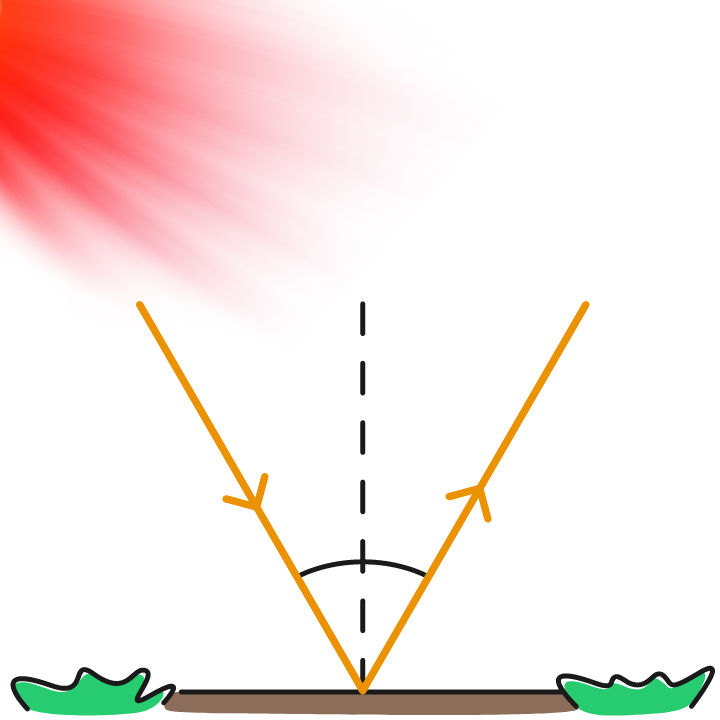Flash Card

In case of multicellular animals, if tissues are not formed, their body organization is called as

In case of some animals, cells come together to form tissues with the help of which all the body functions are performed. Such animals show organization.

The conventional system of classification, divides kingdom Animalia into .............. groups.

I am a cockroach. Which is the most prominent feature you are likely to notice while studying me?

If the body of animals is divided into small, similar units, then such body is called as ................. body.

I am an aquatic animal with an asymmetrical body. I have specialized cells known as collar cells. Which phylum do I belong to?

I belong to the second largest phylum in the animal kingdom. Which other animals belong to the same phylum as me?

I have an asymmetrical body and show cellular grade body organization. I belong to which phylum?

Traditionally the animal kingdom was divided into two groups depending upon the presence or absence of




